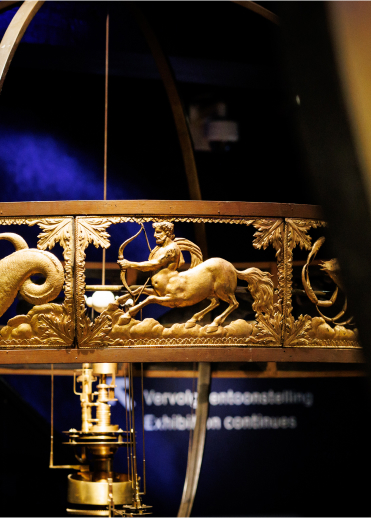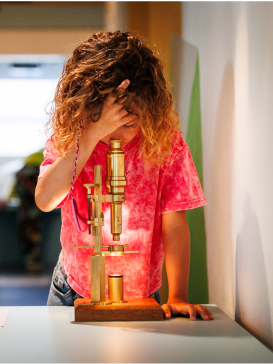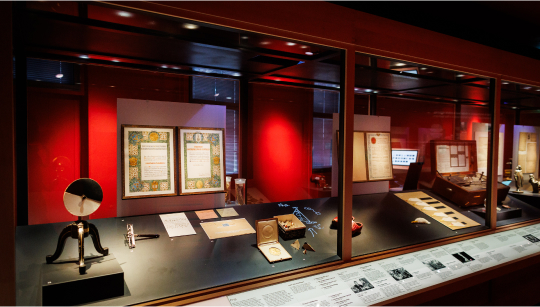Kolff's artificial kidney
5 min
Willem Kolff, born in Leiden, was a key pioneer in the field of artificial organs. His inventions have saved millions of lives.
The artificial kidney
During World War II, Willem Kolff built the first artificial kidney, allowing someone with kidney failure to survive for the first time.
Kolff built his artificial kidney in the Kampen City Hospital. He made the machine using wooden slats, a bicycle chain, sausage casing, rubber tubes, a sewing machine motor, the cooling system of a T-Ford, aluminum from a shot-down plane, and a water tank from an enamel factory. The first sixteen patients he treated died. But in September 1945, he managed to keep a 67-year-old woman alive. His research during the war laid the foundation for a new medical development: artificial organs, also known as bionic technology.
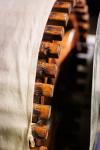
Immigration & development
After World War II, his work was not immediately accepted in the Netherlands. In 1950, Kolff moved to the United States. There, he also developed a heart-lung machine (1956) and an artificial heart (1957). He became known as the father of artificial organs. Kolff received 128 international awards and thirteen honorary doctorates. He was nominated four times for the Nobel Prize in Medicine and Physiology but never won. His techniques are now an important part of medical practice.
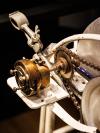
Inventor & hero
Kolff was not only an inventor but also a hero in the resistance. In May 1940, he set up a blood bank, and during the German occupation, he saved hundreds of forced laborers, including resistance fighters and Jews. He kept them sick, helped them escape, hid them, or falsified records.
In 2018, a biography about Kolff was published by historical journalist Herman Broers: The Man Who Saved Millions of Lives, Dr. Willem Kolff (1911–2009).

